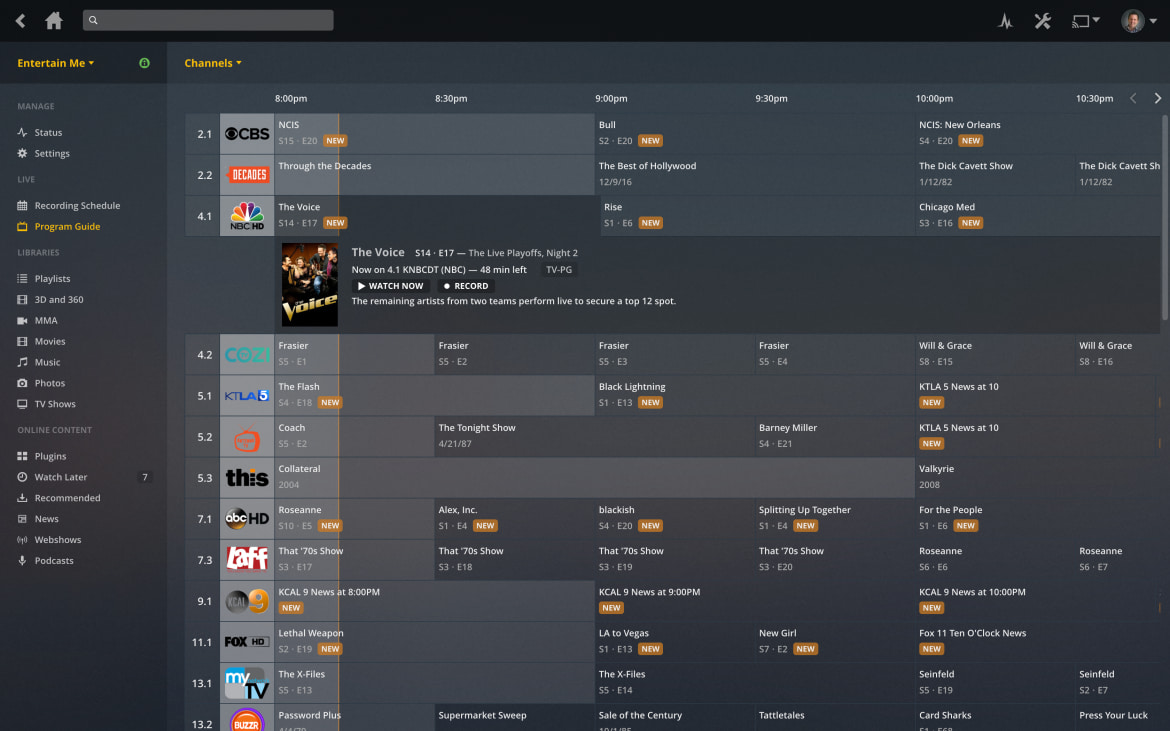

You may find that you have some old Windows Server 2012, 2012 R2 or 2016 Standard licenses knocking around from recent server decommissions. More commonly however, and perhaps more practically. The argument is academic as long as your have the horsepower on your server to keep piling on additional VMs. If you fall into this category, it literally doesn’t matter how many VMs you install on your hypervisor. It’s not, obviously… unless you’ve got Windows Server Data Centre licenses. How is consuming a £900 Windows Server license any better?

To date, my answer has been to run Plex Server in a Windows 10 VM, but this means consuming a £120+ Windows 10 Pro license so that it can effectively molly-coddle a tray icon.Īh ha! I hear you cry. Neither do I want it be forced to leave a logged-on VM running that does something else and thus increases the attack vector. I want Plex to be always on, but not to be sharing a with VM performing other duties. If you log off from its user account, it shuts down the service and you no longer have a working Plex environment.Īt home, the only computers that I have running 24/7 are servers and these are exclusively Hypervisors. It’s a service, but one that insists on running in the userland (as a tray icon). The problem with Plex Server is that it isn’t quite a “server”. Where pushed due to lack of Kodi support Plex also gives a consistent alternative front-end user interface. I personally keep it installed as a gateway between Smart TV’s and my music/video/photo library as it is a convenient way of getting DLNA support on the network. Plex Server, the sometimes controversial media streaming hub, is a staple of the media diet of many home-brew media centre connoisseurs. “Just because you shouldn’t do something, doesn’t mean you can’t” Windows Server 2012, Windows Server 2012 R2, Windows Server 2016, Windows Server 2019.


 0 kommentar(er)
0 kommentar(er)
